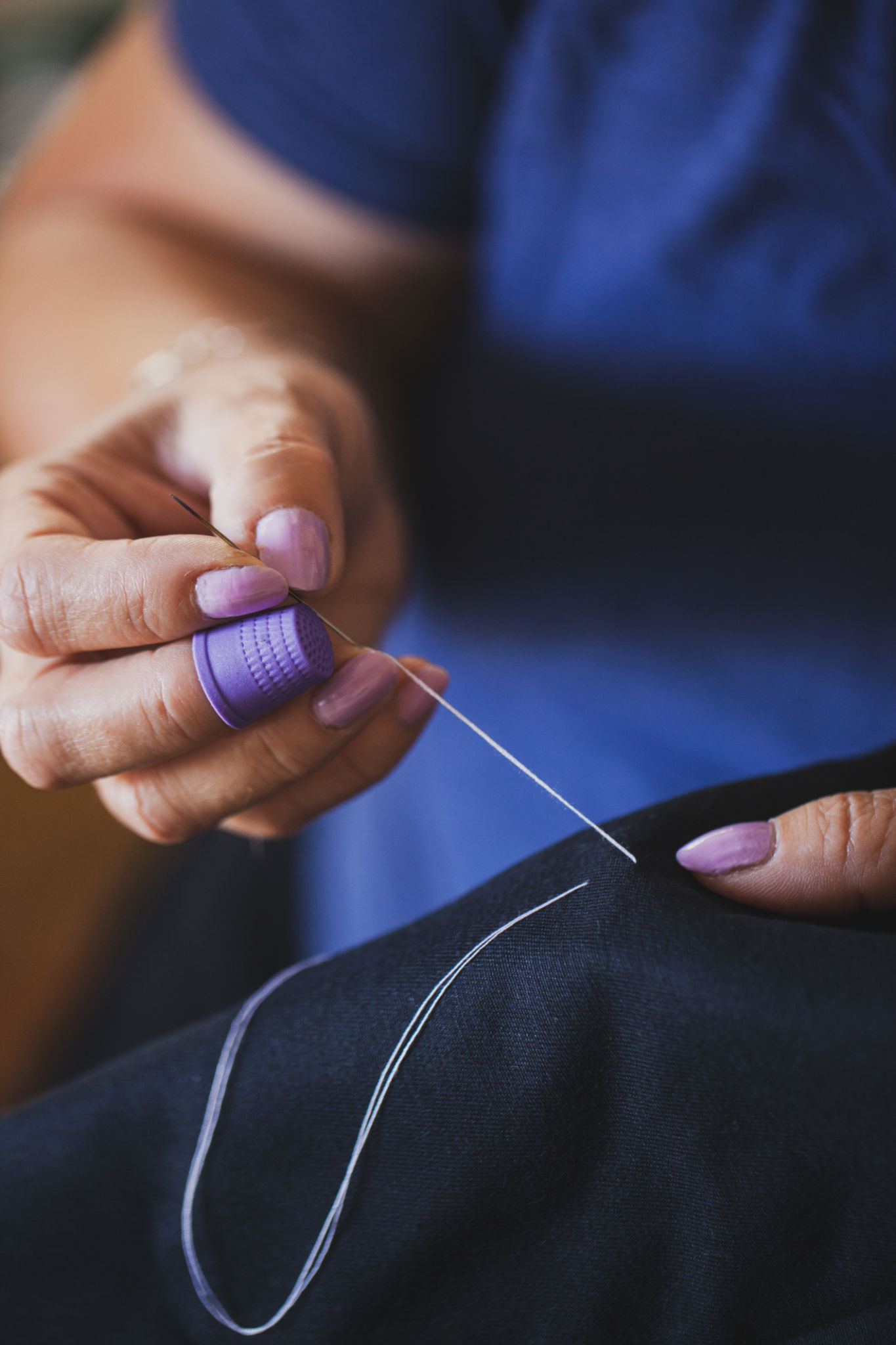DIY vs. Professional Tailoring: When to Seek Expert Clothing Alterations
Understanding the Basics of Clothing Alterations
Clothing alterations can make a world of difference in how garments fit and flatter your body. Whether it's adjusting a hemline, taking in a waist, or shortening sleeves, alterations can transform off-the-rack pieces into something that looks custom-made. However, deciding whether to tackle these changes yourself or seek professional tailoring can be challenging.

The Benefits of DIY Alterations
For those who enjoy a hands-on approach, DIY alterations can be a fun and rewarding experience. Some benefits of doing it yourself include:
- Cost Savings: Alterations can often be done with minimal investment in supplies.
- Learning a New Skill: Working on your clothing can improve your sewing abilities.
- Creative Control: DIY allows for personal touches and unique adjustments.
When DIY Might Be Enough
Simple tasks are ideal for DIY, especially if you're just starting. Consider handling these alterations on your own:
- Hemming pants or skirts
- Replacing buttons
- Taking in or letting out seams slightly
These tasks typically require basic sewing skills and can be completed with a simple sewing kit.

The Advantages of Professional Tailoring
While DIY can be satisfying, professional tailoring offers numerous benefits for more complex alterations. Tailors possess the expertise and equipment necessary for intricate adjustments, ensuring the best possible fit. Here are some advantages:
- Precision Fit: Tailors are skilled at making clothes fit perfectly to your body.
- Expertise: Professionals have years of experience working with various fabrics and designs.
- Time-Saving: Complex alterations can be time-consuming; a tailor can handle these efficiently.
When to Seek Professional Help
Some alterations require expertise beyond basic sewing skills. Consider hiring a professional tailor for:
- Significant resizing, such as taking in or letting out a suit
- Working with delicate or expensive fabrics
- Complex design changes, such as reworking necklines or shoulders

Weighing the Costs
Budget considerations play a significant role in deciding between DIY and professional tailoring. While DIY can be cost-effective, the potential for mistakes might lead to additional expenses. Professional tailoring fees vary based on the complexity of work and location, but investing in quality alterations ensures longevity and satisfaction with your garments.
Final Considerations
Ultimately, the decision between DIY and professional tailoring depends on your comfort level, skills, and the complexity of the task. DIY is suitable for simple adjustments and learning experiences, while professional tailoring is ideal for intricate work requiring precision.
Whether you choose to go DIY or professional, the goal is the same: to achieve a fit that makes you feel confident and showcases your style.